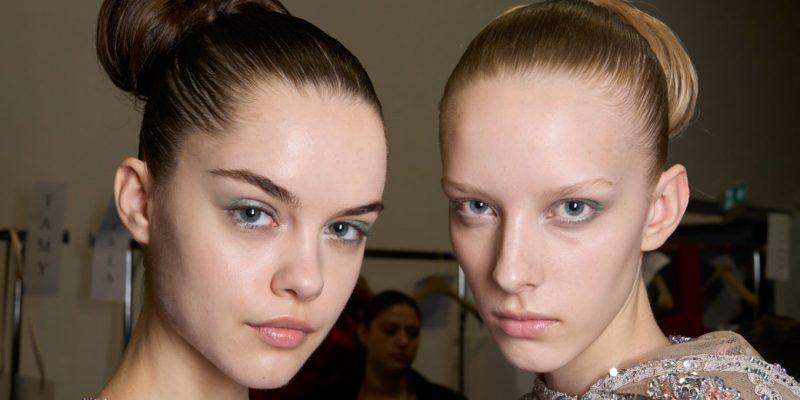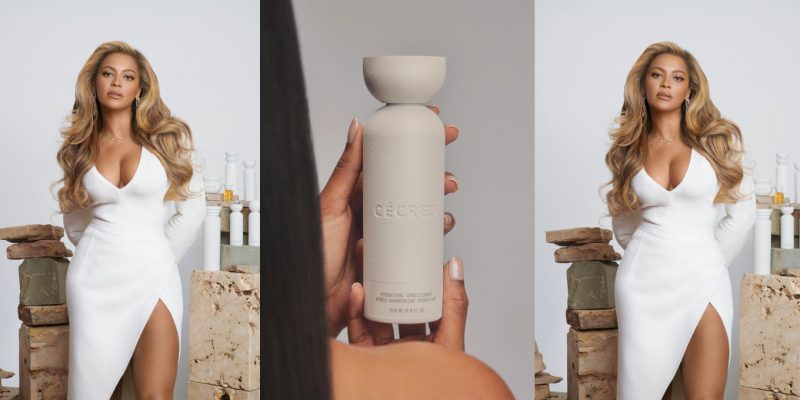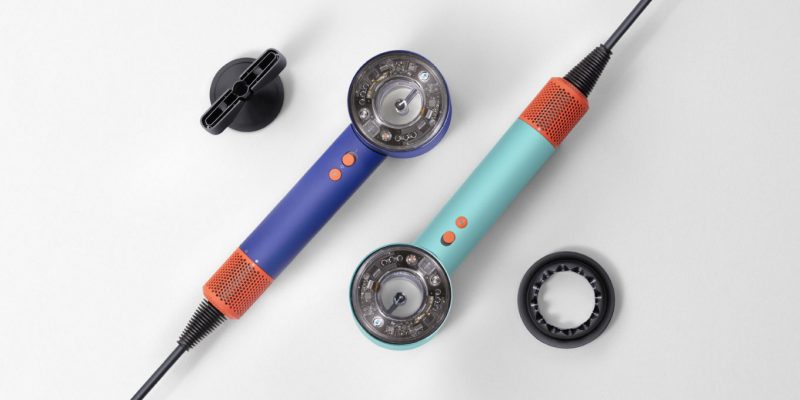Hair
Hair colour: The new ombré hairstyle
Why we still love this naturally grown-out and sun-bleached look, and how to update your ombré hairstyle with the hottest fall hair colours.
by : Ava Baccari- Oct 30th, 2013
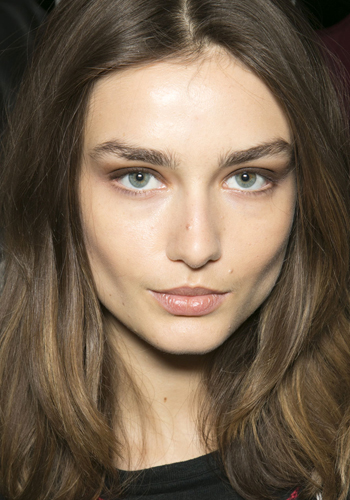
While it seems like the ombré hair trend became hottest hairstyle of the summer, the reality is that it’s always been around. It all goes back to how hair colour naturally lightens in the sun. Think of supermodels Gisele and Daria: “When they go off to do photo shoots in a sunny climate, their hair naturally ombrés in the sun,” says Christopher Martin, colourist and co-owner of Shagg Salon in Toronto. “So I think that’s where the trend naturally evolved from.”
And the thing about natural hairstyles is that they never really go away—they’re playfully adapted and modified with creative tones and various cuts every season. We asked Martin to share his insight on the evolution of the ombré hairstyle, and what it is today. “It’s still a trend,” he says. “But a more natural way.”
OMBRÉ HAIRSTYLE FALL UPDATE
Go for a natural look
“I think going into fall, it’s not such a forced look,” says Martin. “For the mainstream, it’s a little more natural.” Think a softer version of your base hair colour blending into tones just one or two shades lighter at the ends.
But it all comes back to personal style. “You’re still going to have those street style girls that will colour-block it and do a really extreme contrast.” In which case, we’re all for dip-dyed fuchsia tips. “In London, the blue tone is popular, so they’ll add that to the existing ombré,” he says.
…Or go punk
For an ombré hairstyle with a rock star edge, try the feathery blue Mohawk look seen at Fendi this fall. It’s all about deciding how subtle or bold you want your hair colour to look. “If you see Daria and Gisele they have that sun-kissed ombré,” says Martin about the natural end of the ombré spectrum. “And then you have the punk, grunge part of it. So it’s two extremes.”
Try it on short hair
While the ombré hairstyle is often associated with long and flowing beachy locks, this season’s refined look can be worked into shorter haircuts. “You can do it with shorter hair, like bob length,” says Martin. Don’t be afraid to chop off your locks and play around with hair colour –say a copper or red-orange gradually lightening toward the ends. “Ombré has evolved into it’s own thing, because now were getting into a variation of colour.”
6 tips on how to BOOST YOUR HAIR COLOUR
More ways to try the new ombré look on the next page…

Play with tones
To determine your best ombré, start with your base shade. “If you have a really dark hair colour, you can go into more of a reddish,” suggests Martin. “If you’re going to try the more natural thing, then it would be two shades lighter than your own.” So for
natural red heads, hair that lightens to a strawberry tone at the bottom works perfectly. For an already-existing ombré, try deepening the roots for a natural contrast and to soften the harsh line where the two tones meet.
Protect your ombré hairstyle
Bottom line, you’re colouring your hair, so you’ll need to protect freshly dyed locks from fading fast. Use a colour-protecting shampoo and conditioner, especially with punkier tones like pinks and blues. “They have less pigment, so they escape from the cuticle a lot quicker,” Martin warns. “So if you use a conditioner for
colour-treated hair, it will lock in the colour, more so than if you use something that will strip it out.”
BLONDE HAIR: 8 rules to live by
To lengthen the time between washing, dust a
dry shampoo powder (Martin recommends Kevin Murphy Fresh Hair) into the hair and use a blow dryer on a cool setting to seal it into place.
Let it grow
The beauty of the ombré hairstyle is that it’s a naturally
grown-out look, so you don’t have to worry about regular touch-ups. “It’s very low maintenance,” says Martin. “If it’s done properly, there’s enough natural evolution so it’ll naturally oxidize in the air to a more natural colour anyways.” The hairstyle is more muted, and that’s pretty much the point. “As you wash, it should naturally lighten in a more beautiful way, like children’s hair colour.”
To brighten up the look after a few months, ask your stylist to add a few extra highlighted pieces to the existing ombré, instead of re-doing the whole look. “If my clients go away and their hair has been lightened by the sun, I’ll incorporate it back into the colour, so in actuality it wont be a forced ombré,” he says. “It’ll be an ombré that’s created from the sun.” Just like Gisele’s.
Read more:
Hair tips: How to maintain your hair cut
Hairstylist secrets: 7 tips for great hair
The 10 best hair oils
Healthy hair: The top 5 shampoo mistakes
Newsletter
Join our mailing list for the latest and biggest in fashion trends, beauty, culture and celebrity.
Read Next

Culture
This University Elevates Women to New Professional Heights
You shouldn’t have to pause your life to move forward in your career.
by : ELLE Canada- Apr 16th, 2024

VIP
9 Stylish Icelandic Adventures Tailored to Fashion-Conscious Canadians
Iceland’s stylish escapades for the fashion-forward Canadian traveller blend elegance with adventure.
by : Contributor Content- Apr 15th, 2024
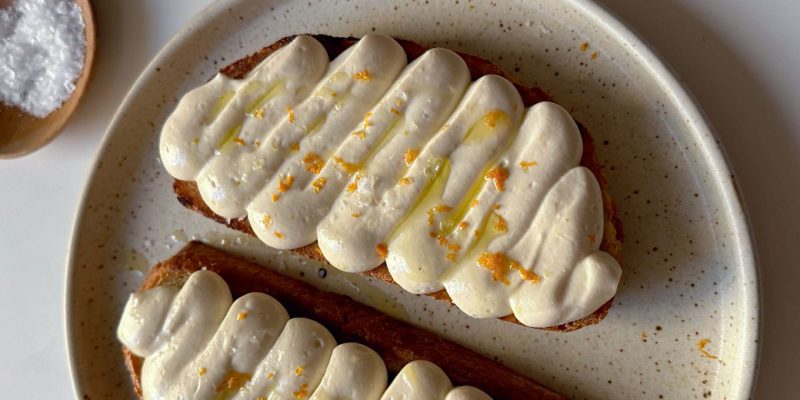
Culture
This Maple Whipped Tofu Toast Is Unreal
Light, fluffy with a touch of zest, this maple syrup-infused toast is a slice of heaven.
by : Margaux Verdier- Apr 9th, 2024

